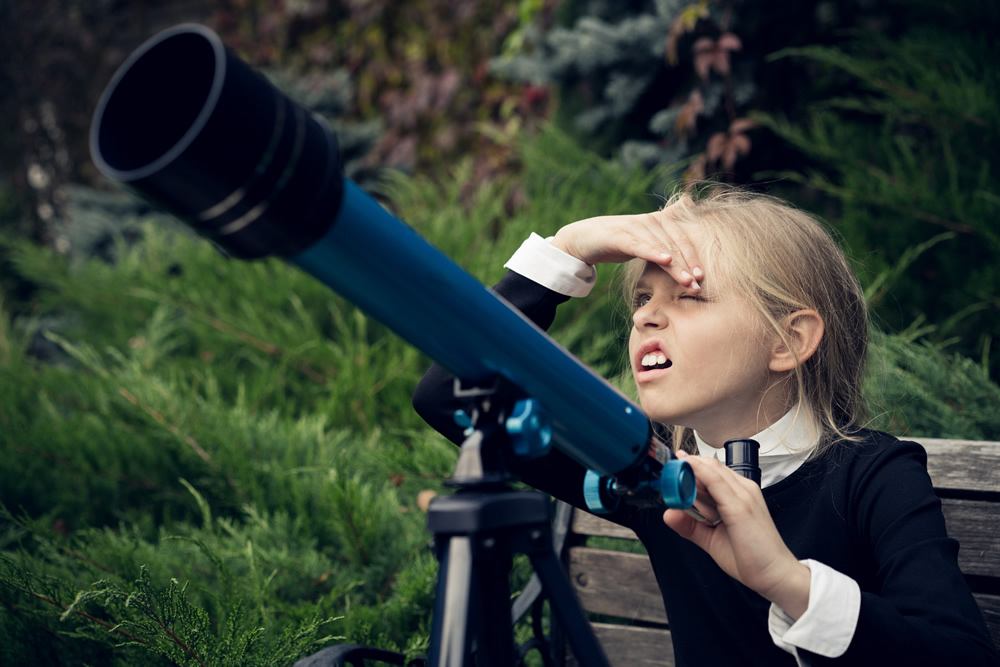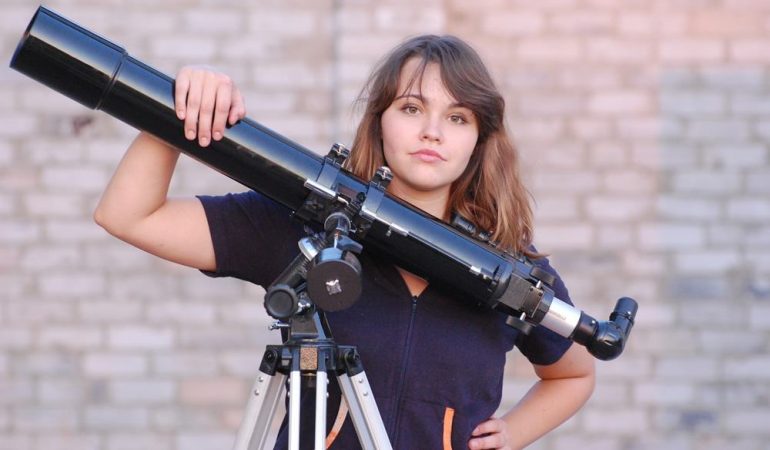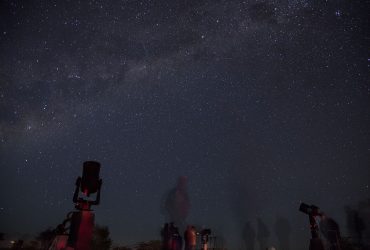How To Polar Align A Telescope During The Day?
The easiest way to polar-align a telescope is at night when Polaris and other bright stars are easily visible in the sky.
But it’s not always that you can use Polaris to align your equatorial mount. If you view of Polaris is blocked or you want to photograph the sun or the daytime moon, you can still align your telescope during the day.
Daytime polar alignment is also necessary when you want to capture images of a solar eclipse.
Polar alignment during the day is not as precise as doing it at night using Polaris or Sigma Octantis (if you are closer to the south celestial pole). But it should be good enough to allow you to track celestial objects in the sky.
If you are doing some astrophotography, proper daytime polar alignment will eliminate star trailing when you take long exposure photos at night.
How to polar align a telescope during the day

Here are the two best ways how to polar align a telescope during the day.
Note: Whichever polar alignment method you use, it’s important that your telescope is level. Use a sprit level to ensure this.
1. Using a Compass
A compass is the next best alternative to night-time polar alignment using a pole star. Usually, it’s accurate enough that you’ll experience little to no field rotation when observing celestial objects.
Now, you are probably thinking of whipping out your smartphone and using the compass app on it. We do not recommend that.
A big problem with the compass app on your phone is lack of repeatability. It’s difficult to get the same reading over and over, which can lead to inaccurate alignment.
A real physical compass is cheap. Get one either online or at a local store.
Set up your telescope and mount assembly. Point the polar axis roughly in the North. You can check the compass to tell where North is. Next, set your declination to 90 degrees. The telescope tube should be at a right angle to the polar axis.
Stand about a few feet back from the telescope (to reduce magnetic interference from the telescope’s metal parts) and find a landmark that is in the true north direction. Look for a landmark that is higher than the top of your telescope.
Before you align your telescope to true north, you’ll need to find the magnetic declination for your area. You can use an app or website (like this one) to find out.
If your compass has adjustable magnetic declination, you can adjust it. So when it indicates true north, it has already compensated for declination. You just turn your mount to that direction.
If it doesn’t, simply adjust your mount to the right declination from true North such as one degree west.
All that remains is adjusting the telescope to the latitude of your location. You can use your phone’s compass or Google to find your current latitude.
The compass method produces a rough alignment, and we only recommend it for casual observations and short exposure astrophotography. For long exposure astrophotography, it may not produce the preciseness you need.
2. Using an App
To make polar alignment easy and quick, developers and fellow astronomy enthusiasts have created apps that do most of the work for you.
These apps are not only great for beginners, but also those who need to align their telescope in the absence of a pole star.
One of the most popular polar alignment apps is Polar Scope Align Pro, which is available for iOS. The best thing about this app is that it works for both Polaris and Octantis (the south celestial pole star).
It’ll calculate the position of either star, allowing you to accurately align your telescope even if you cannot see the star.
If you are using an Android phone, try PolarAligner Pro, though you should note that it’s not quite as good as the iOS app.
Whichever app you use, make sure you follow the directions provided within the app. The method and process of alignment varies from app to app.
3. Using an Aligner
These are very useful tools that can solve most of your alignment headaches. These days almost every manufacturer offers a brand specific aligner. For example, for certain Celestron telescopes, you can try Celestron Starsense aligner.
Night Time Polar Alignment
If your problem is that you view of Polaris is blocked, you can’t locate Octantis (if you are in the southern hemisphere) because it’s dim or there’s too much cloud cover, you can still use the above methods to align your telescope at night.
If you want highly precise alignment for long exposure photography, we highly recommend using the good old pole star method. If you have a finder scope on your telescope and clear dark skies, it should be easy.
Also consider using advanced methods like drift alignment or plate solving to achieve high precision. But these require a clear view of the sky.
If your only option is to align your telescope during the day, use the compass method or a good polar alignment app.



